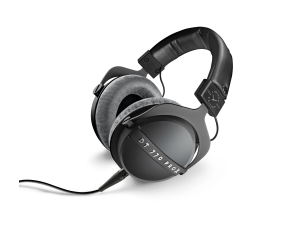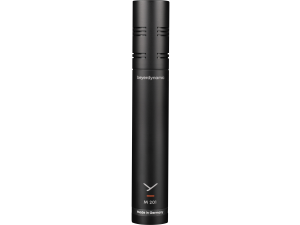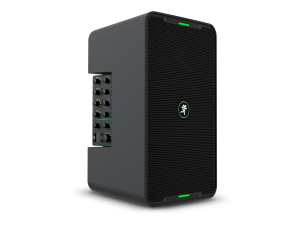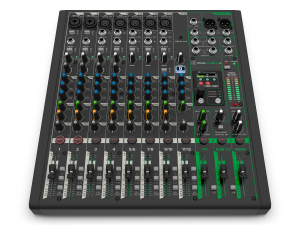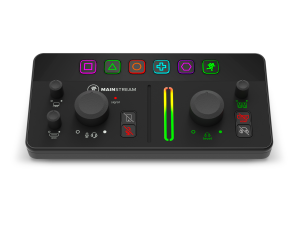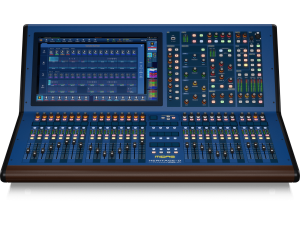5 Tips for creating the perfect home studio
The idea of turning that spare bedroom, loft space or out building into your very own music studio is an exciting one. From designing your space to outfitting it with the very best product for that perfect sound, this is the type of project every musician and audiophile can easily sink endless days and hours into. To save you some digging around though, we've put together 5 quick tips for creating that perfect professional home studio.
TIP 1: CHOOSING THE BEST ROOM
It goes without saying that some rooms are better than others when choosing your new studio space. Before you break ground however, there are a few very important points to keep in mind.
- Bigger is better - Simply put, a small environment doesn't give you much room for multiple musicians and eventually, as you start growing your studio, you'll run out of room for all of that amazing equipment. Moreover, they just don't sound that great (we'll get to that).
- Background noise - Unless you're recording the 'complete soundtrack to suburban life', it's best to choose a room that has the least amount of noise from everyday happenings. Cars, Birds, the elements, pipes, neighbours, - all of this seemingly subtle ambiance will be magnified ten-fold over a mic.
- Your noise - It's not just noise from others that matters, you'll be making a lot of it too, so be considerate and try and stay away from those adjoining walls. Some soundproofing is a good idea.
- Flooring - Generally, carpets aren't ideal for a music studio as they absorb high tones but not low ones - ruining your acoustics. Hard flooring, such as wood, concrete or tiles will give you the best results. Consider using area carpets if you do need to use carpeting at all.
- Acoustics - You know it's safe to say that they didn't have high quality acoustics in mind when designing the typical family home. Those small, parallel and plastered walled rooms contain all of the ingredients for a pretty sub-par sound. If your chosen room has high ceilings and asymmetrical walls then you're in a much better position. But if not, don't worry, you can outfit your studio with a little acoustic tlc. Take a look at Primacoustic for some ideal acoustic solutions.
TIP 2: GETTING YOUR ROOM READY
Clear it out. All of it. Any floor clutter, pictures on the walls (that includes that poster of KISS tour '74 that you absolutely have) and anything through which sound will vibrate.
TIP 3: ACOUSTICS
Regardless of room size, shape etc, you're going to want some decent acoustics in your new studio. As mentioned before, Primacoustic do some fantastic home studio solutions. Check them out.
TIP 4: GEAR UP
Here's the fun part, outfitting your studio space with some of the best equipment without breaking the bank. We've put together a list of the best products to get a great initial studio set-up:
- Studio Headphones by beyerdynamic
beyerdynamic offer some of the best studio headphones on the market. The near legendaryDT 770/880/990 PRO series are your go-tos here offering an unrivalled level of sonic detail and dynamic range.
- Audio Tools by Radial
From Switchers to Audio Interfaces and DI Boxes, we'd recommend a range of Audio Tools from Radial Engineering.
- Studio Monitors by Mackie
Mackie Studio Monitors really are your best choice here. The sound reproduction is exceptionally accurate for that true sound experience.
- Microphones by beyerdynamic
We're back to beyerdynamicInstrument Mics, this time it's for their Microphones. The TG series covers everything from Voice Mics to Instrument Mics and more and offers impeccable clarity. We don't want to overstate it, but the very best of German craftsmanship are probably in these Mics. - USB interfaces
Mackie have just released their new ONYX USB Interface range which delivers fantastic studio quality sound (after all, that's what we're going for) and zero latency.
- AMPS by AMPEG and GK
Ideal for you guitar and bass players, the range of GK and AMPEG amps are renown and leading they way for home studio setups. - Studio Isolation by Primacoustic
As well as acoustic paneling (see tip 1) Primacoustic also offer a range of VOX guards and other isolation equipment.
TIP 5: ESSENTIAL EXTRAS
Aside from the essential equipment above, there's some extra essentials that you'll definitely need!
- A PC or MAC
While you don't necessarily need a top of the range PC (or mac), it's best to ensure you have a good amount of memory (RAM) and processing power for the production software you'll be running. Speaking of which...
- Production Software (AKA: Digital Audio Workstation, AAKA: DAW)
There's so much choice when it comes to DAWs out there that we won't list them all - but by now you've likely already got a favourite in mind. If not, take a look at this guide and comparison to get an idea as to what software package is right for you.
That's pretty much the basics to setting up your home studio - but really you're only just beginning. Over time your studio will grow as will your needs.
If you don't already, follow us on Facebook for more tips and guides - if you want to know about the very latest equipment before anyone else, then sign up to our mailing list below.
Written By Mike Everett
